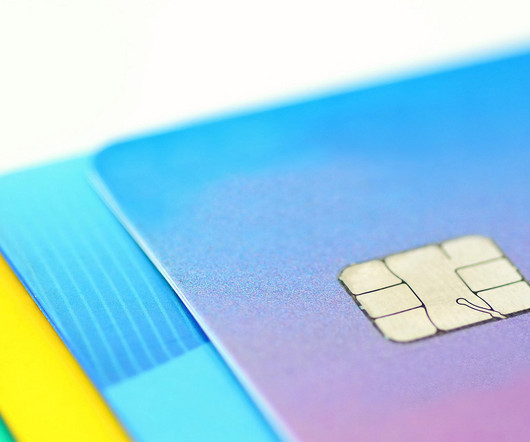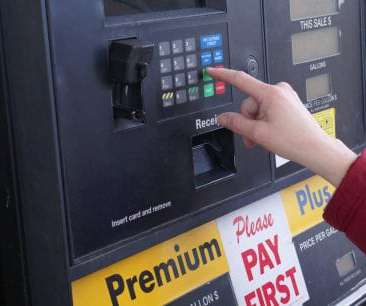Everything You Need to Know About Credit Card Processing
Stax
NOVEMBER 14, 2024
This means you’ll be able to accept chip cards as well as contactless payment methods like contactless cards and digital wallets like Google Pay or Apple Pay. EMV Compliance Most businesses are aware by now that EMV is the chip card technology that has been rolling out across the USA over the past few years.







































Let's personalize your content